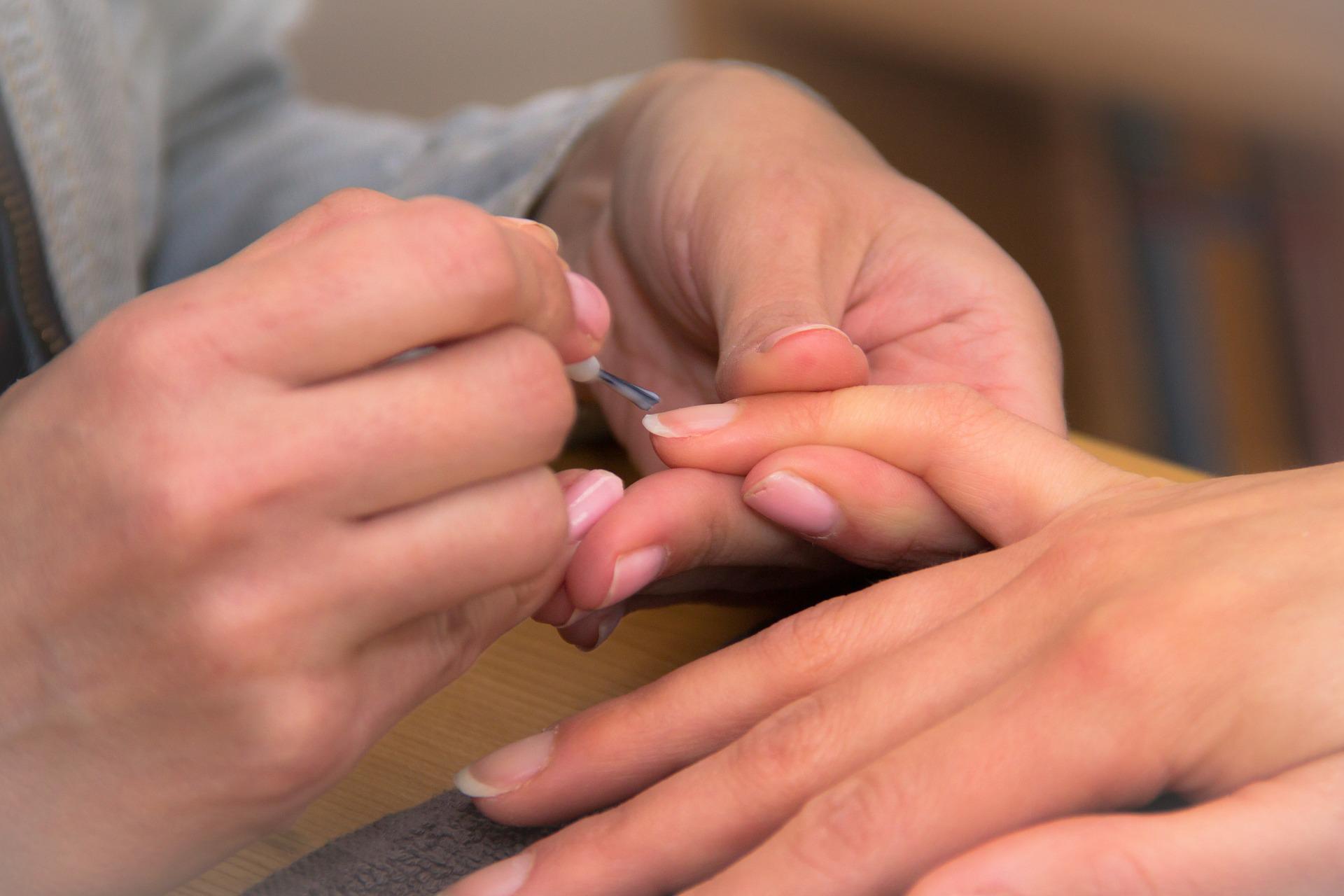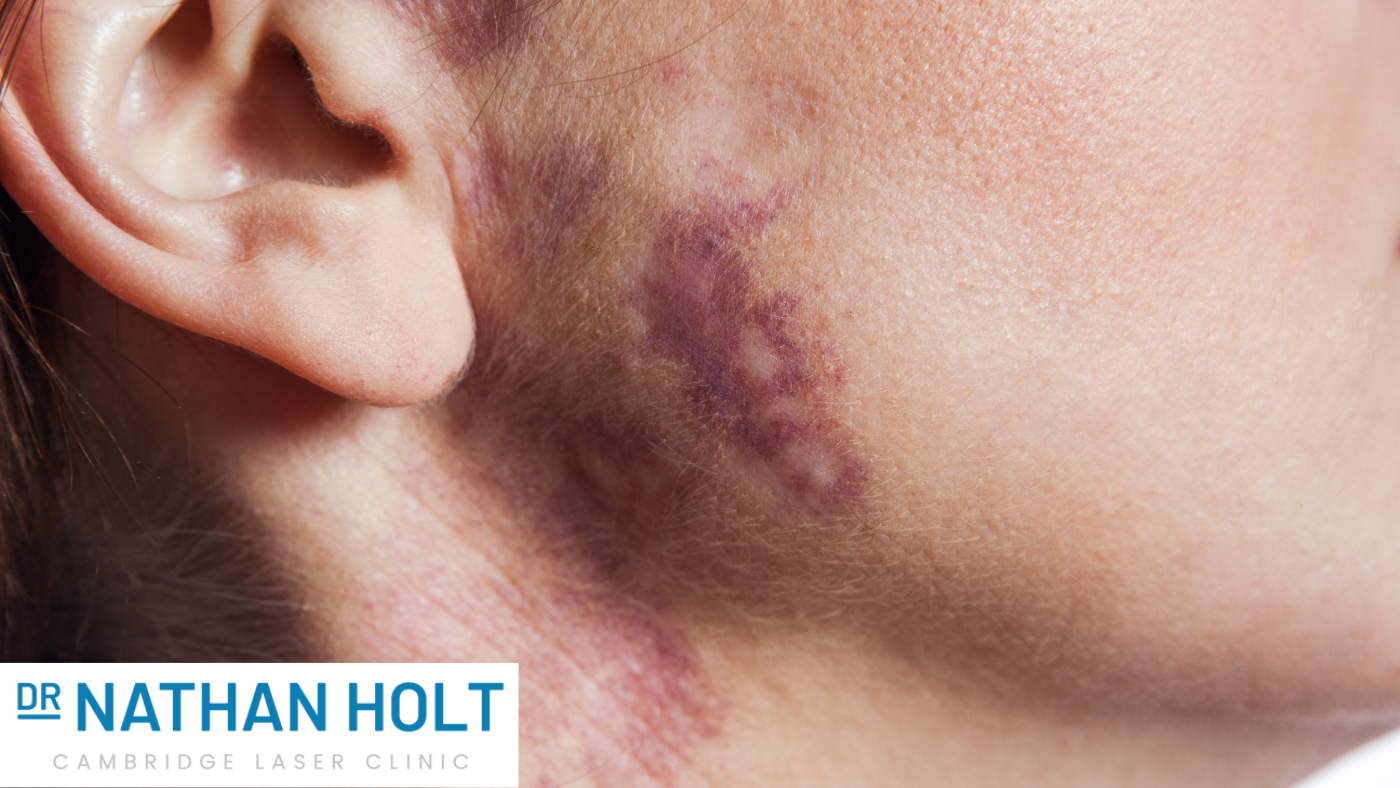Rosacea, a chronic skin condition characterised by facial redness, swelling, and visible blood vessels, can…

Fungal Nail Infection: Causes and Treatments
There are a lot of misconceptions out there about fungal nail infections, even though they are something that many people face. There are a number of ways you can get a fungal nail infection, which is why they are relatively easy to pick up in specific scenarios. For example, walking around barefoot at the swimming pool could be enough to ensure you develop an infection. It’s important to remember that you don’t catch a fungal nail infection off of someone else, and several factors are usually at play.
Thankfully, there are many ways to treat fungal nail infections, both medicated and unmedicated, and it’s not something you should have to deal with for long. Understanding the causes of fungal nail infections and how to successfully treat one is key to keeping unwanted problems at bay. If you notice yourself developing a fungal nail infection, take action as soon as possible.
How to Know if You Have a Fungal Nail Infection
It’s relatively easy to diagnose yourself as having a fungal nail infection, especially if you are somewhat aware of what you should be looking for. A fungal nail infection usually begins as a yellow or white spot under the tip of your nail; this could be your toenail or your fingernail. As the infection develops and penetrates deeper into the nail, it starts to have an impact.
There are a number of signs to suggest that you have a fungal nail infection. For example, it could cause your nail to discolour or thicken. It might even cause your nail to crumble around the edge, and it can spread from one nail to another. Thankfully, there are a lot of things you can do to solve the problem.
If your fungal nail infection is mild and it’s not causing you any pain, you might not need treatment. If it is causing you pain – this is often the case with more severe infections – then medications and treatments are available. Unfortunately, fungal nail infections do have a habit of returning, and medication may not be a long term solution. The sooner you begin to treat a fungal nail infection, the better.
What Causes a Fungal Nail Infection?
Fungal nail infection is often caused by a fungal organism called dermatophyte, though there are a handful of other fungal organisms that have the same effect. It’s also possible for a fungal nail infection to be caused by yeast and mould which, when left untreated, can develop into a painful condition. There are also links between fungal nail infections and reduced blood flow to the feet, and weak immune systems.
There are a number of things that increase the chances of you getting a fungal nail infection. Though none of the reasons means that you will definitely get one, they do put you at higher risk.
- Having previously had athlete’s foot.
- Age; being older can increase your risk of getting a fungal nail infection due to reduced blood flow.
- Sweating a lot
- A weak immune system
- Having a minor nail or skin injury; this includes psoriasis.
- Diabetes
- Poor circulation
- Walking around barefoot in areas such as swimming pools, communal showers and gyms.
As serious fungal nail infections can cause permanent damage, it’s important to prevent getting one as much as possible. They can also be painful, spread to other nails and make other conditions worse.
You can reduce the chances of getting a fungal nail infection by avoiding any of the key causes. Washing your hands and feet, keeping nails trim, disinfecting your nail clippers and changing socks throughout the day can all help.
The type of shoes you wear can also impact the chances of you developing a fungal nail infection. Wearing old shoes or shoes that do not allow your feet to breathe can increase the likelihood of getting a fungal nail infection, and wearing footwear in damp areas does the opposite.
Treating a Fungal Nail Infection
Though fungal nail infections can be hard to treat, there are a variety of treatment options. The type of treatment you need will depend on how severe the infection is.
Prescribed Medication
If you seek professional treatment for your fungal nail infection, a doctor may prescribe one of two treatments; oral antifungal medication and topical medications such as medicated nail polish or medicated nail cream. In some instances, a doctor might prescribe a combination of both.
Treatment at Home
A lot of the time, especially if the infection is minor, you can treat a fungal infection at home. This can be done with over the counter antifungal creams and trimming the infected nail.
Surgery
If prescribed medication fails to work, you might need surgical intervention to resolve your fungal nail infection. This usually involves removing the infected nail and applying antifungal medication to the infected area. This treatment route is usually reserved for fungal nail infections that cause a lot of pain and discomfort.
Laser Treatment
A fungal nail infection can also be treated using lasers, and it has a success rate of around 80%. By using short pulses of laser light energy, it’s possible to destroy the fungus without damaging the nail. This cannot be said for all other types of treatment. Most people need between three to five sessions to properly treat a fungal nail infection with laser therapy, but the results can be impressive.
The above treatments for a fungal nail infection are likely to work, though the problem won’t go away overnight. It can take weeks, and sometimes months, to see noticeable results. However, if you are determined, you should see a noticeable improvement sooner rather than later.
Don’t Be Embarrassed About a Fungal Nail Infection
There’s no need to be embarrassed about a fungal nail infection, as it’s something a lot of people deal with. Though severe fungal nail infections can be unsightly, there are many treatment options for you to utilise. To find out more about treating a fungal nail infection, speak to a specialist.




